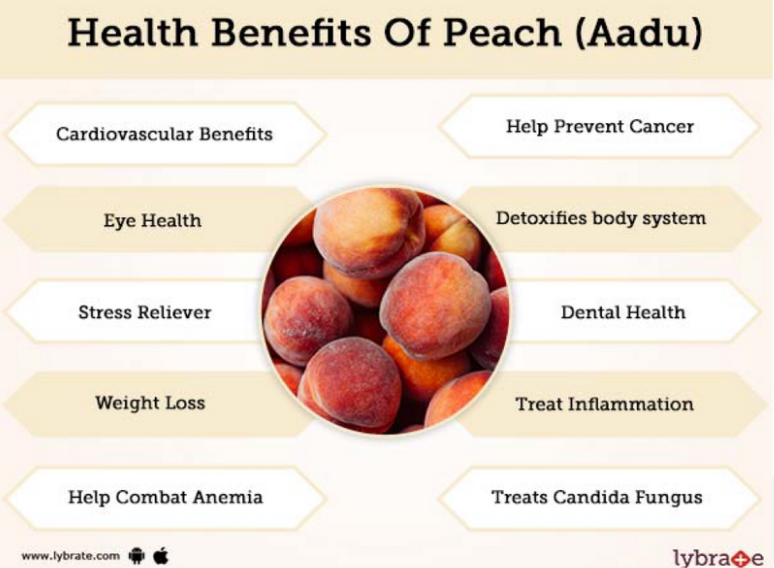PEACHES

HISTORY AND BACKGROUND
Peaches are believed to have originated in China as far back as from 6000BC.They belong to the genus Prunus, which includes the cherry, apricot, almond, and plum, in the rose family.
Peaches and nectarines are the same species, though they are regarded commercially as different fruits. (The skin of nectarines just lack the fuzz!)
The scientific name Prumus persica, is derived from an early European belief that peaches were native to Persia (modern-day Iran) and literally means "Persian plum", as it is closely related to the plum.
General Trivia About Peaches
The fruit is considered a symbol of longevity and good luck. This is particularly symbolic in China, the only country where peaches grow wild. They are the fruit of calmness. Peach aromas have demonstrated analgesic effects such as reducing the feelings of pain, lifting depression, and reducing anxiety.
Nectarines are just peaches without the fuzz. The peach, Prunus persica (translates to Persian plum). The nectarine, Prunus persica var. nucipersica (meaning smoothed skin Persian plum aka peach). The colour of a peach is indicative of the variety, not the ripeness. A ripe peach is firm with a slight give to its flesh. You will also notice a strong sweet aroma when a peach is ready to be eaten.
There are three main categories of peaches: freestone, semi-freestone, and clingstone. All contain the same nutritive value. Clingstones are soft in texture and have flesh that clings tightly to the pit. They are soft in texture, very juicy and excellent for baking and jams. Free-stones make it easier to separate the flesh from the pit. These are great out-of-hand snacking but are not quite as juicy as the clingstones. Semi-freestones are the goldilocks between the two. These are the first peaches on the summer market.
IMPRESSIVE HEALTH BENEFITS

- Peaches are a delicious, readily available fruit that are full of valuable nutrients.
- Highest nutritional value of peaches is found when purchased locally and eaten without chilling or freezing, taking advantage of both the peel and the pulp.
- As a fruit, peaches are best eaten earlier in the day rather than in the evening.
- Peaches are low in calories
- contain no saturated fats
- packed with numerous health promoting compounds, minerals, and vitamins. peach extract can help lower cholesterol and high blood pressure.
- Fresh peaches are a moderate source of antioxidants and vitamin C
- peaches that are rich in vitamin A, are known to offer protection from lung and oral cancers.
- They contain many vital minerals such as potassium, fluoride and iron.
- Peaches contain both soluble and insoluble fiber, Soluble fiber helps stabilize blood sugar and keeps cholesterol levels in check. Insoluble fiber aids in digestion and helps prevent constipation.” Eating the skin of the fruit can maximize your fiber intake.
- Can help decrease inflammation
- Have a moderate source of beta carotene (Vit A) good for healthy vision
- Extract from peach pits or peach flowers can help reduce UV damage and help skin retain moisture.
Aafiyah Healing Community is open for registration!
A community dedicated to supporting you in your healing journey!

